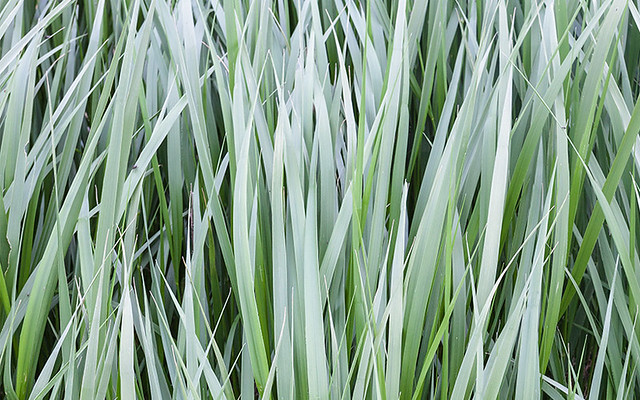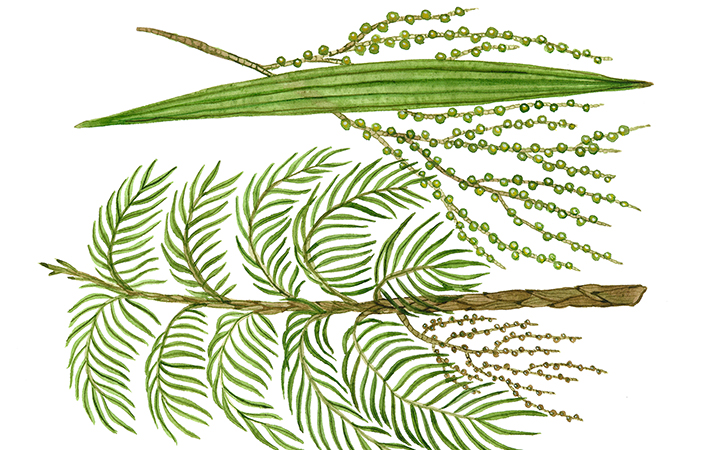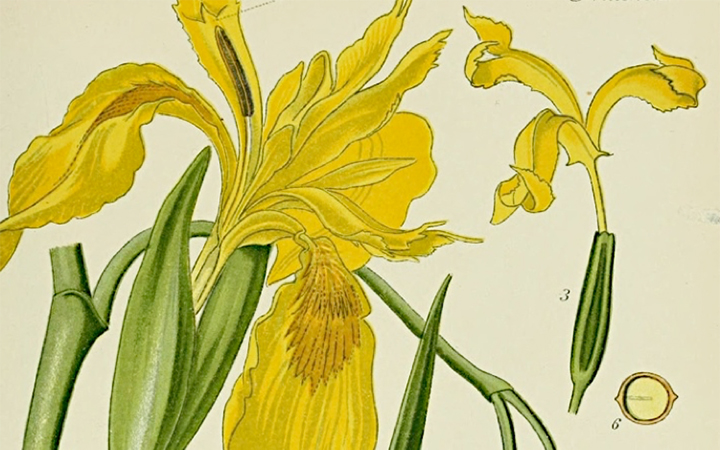Monocots

Bamboo
Bambusoideae


2 POINTS
TERAI
FACT: Bamboo is one of the fastest growing plants at 1 inch per 40 minutes or 1 mm every 90 seconds.

Sedge Species
Carex spp.


2 POINTS
Fact: Sedges can be confused with grasses, but are found in wet areas and have three-sided stems: remember “Sedges have edges”.

Grass Species
Poaceae spp.


1 POINTS
Fact: There are > 100 grass species in the boreal forest, many of which have been introduced from Europe and are considered invasive weeds.

Geonoma schottiana
Arecaceae geonoma schottiana


2 POINTS
FACT: Specimens of this plant were collected by Darwin at Bahia (Salvador) in March 1832.

Duckweed
Lemnoideae subfamily


3 POINTS
Fact: Duckweed is an important high protein food source for waterfowl. As it contains more protein than soybeans, it is often cited as a potential human food source.

Yellow Iris
Iris pseudacorus


2 POINTS
Fact: This plant has been used as a form of water treatment since it has the ability to take up heavy metals through its roots.